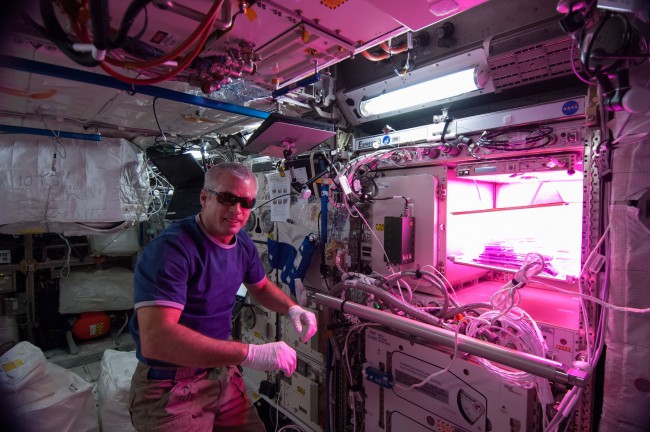For my third post of this week, I thought I’d write about some plant science research which can benefit us humans. As this is more about the research, I have omitted the obvious ways that plants help people: they provide us with the air we breathe, the food we eat and we just simply would not be here without them – but obviously all these things are important too! This list is only 5 things, but obviously there are many more ways plants can help people, because plants are great!
Plant compounds can be used to produce anti-cancer drugs
There are many medicinal compounds in plants. An example of this is the use of a compound which is produced by the yew tree, taxol, to produce anti-cancer drugs. One research group at The John Innes Centre work on a chemical called Vinblastine which is produced by the Madagascan Periwinkle. Vinblastine an be used to treat ovarian, lung and cervical cancers. The research group is working on discovering the biochemical pathways that the plant uses to make vinblastine. They can then use these pathways in yeast, so that Vinblastine can be produced cheaply and in large amounts.
Here is Professor Sarah O’Connor explaining this research:
Using plant science research to future-proof our crops and ensure global food security
As mentioned, plants our ultimately our source of food. A lot of plant science research is focused on global food security, this is due to the expected increase in population in 9.2 billion people in 2050, and seeing as there are people going hungry in the world at the moment, we definitely need an increase in food production. There are other ways in which we can ensure to global food supply such as distribution (this one’s a biggy) and reducing food waste, but a lot of these ways depend on people changing their lifestyle so maybe its more possible that we can increase food production.
At the University of Nottingham, there is lots of research on many areas surrounding food security. The university is home to the Hounsfield facility, this contains some cool robots and a micro-CT scanner (similar to ones you find in hospitals). This is a non-destructive way of looking at roots in the soil environment. This information can then be used to develop and find plants which have traits which mean that their roots that can better exploit the soil, which can mean more productive crops (yay!). If you look on the website, there are some videos that the facility has produced. It also appeared on the first episode of BBC’s Tomorrow’s Food.
Using plants to help with global warming and climate change
The increase in carbon dioxide levels is leading to the planet getting warmer which could have negative impacts on the climate in some parts of the world. It’s no secret that plants take carbon dioxide out of the atmosphere, so why not use plants to help lower carbon dioxide levels? There are some sea plants that are especially good at this because of their high productivity such as seaweed and algae. The issue can be with how quickly the plants then release the carbon due to their short life cycle. For this reason, trees are often used to provide a “sink” for carbon.
Using knowledge from plant photo receptors to aid in optogenetics
Plants have many receptors that detect different wavelengths of light. Plants use light to control growth and development. We can use these photoreceptors as artificial light switches to control activity and function. These photoreceptors can be used in bioimaging to be used as a fluorescent marker to track many things such as viral and bacterial infections. Blue-light photoreceptors are being added to channels in neural membranes to switch off neural function. This technology is being used to uncover neural pathways, which can help understand the pathways involved in neural conditions such as Parkinson’s disease.
Click here to view a full lecture on this.
Growing plants in space to help with long space expeditions
This has been in the news more recently, due to the first zinnia being grown in space. There are many reasons you would want to grow plants in space. The main reason for the space side of things is to increase the length of space expeditions to better support life by being part of the regeneration of the atmosphere (taking in carbon dioxide produced by people and releasing oxygen) as well as the potential to grow food for space missions in the future. It can also be beneficial to the wellbeing astronauts too. It is also interesting for plant research because it can show how plants could respond under microgravity this would be interesting because gravity controls many plant processes, this sort of research would not be able to occur on Earth.
Salad leaf lettuces were grown on the space station in 2014. These were grown aeroponically (without soil, in an air and misty environment), NASA has said that these grow three times quicker than the same plant grown in soil. Growing plants in space can be beneficial to helping plant science and global food security research also.
The photo below is of the Veggie project. For more information on this click here.


